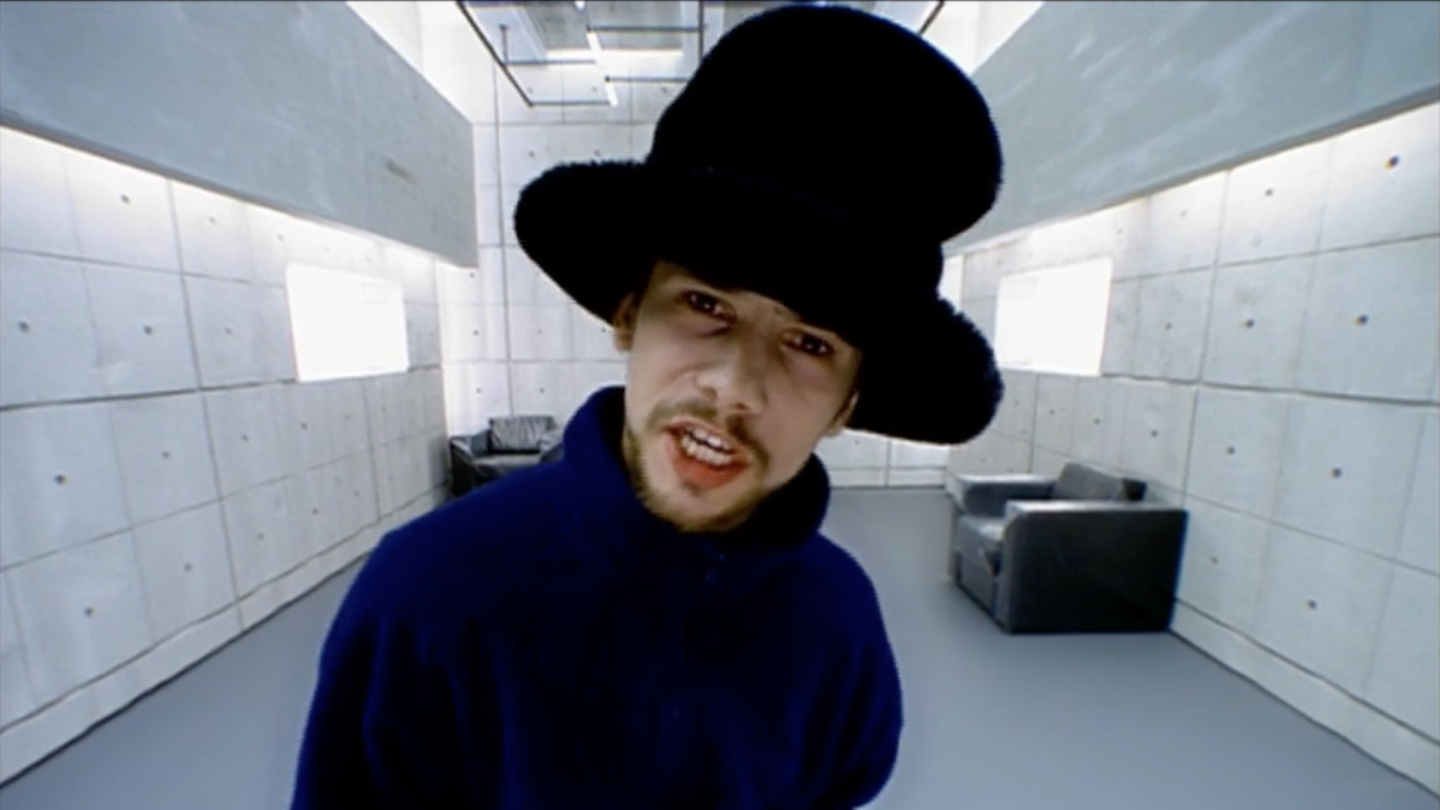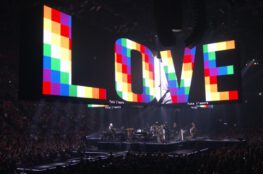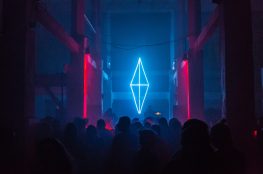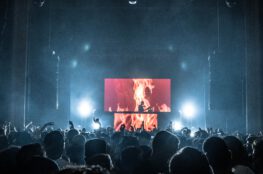Some time ago I discussed multimediality as a means to study and understand some artistic experiences. Virtuality is another such concept. With all the “virtual reality” hype of the recent years – perhaps even decades already – the term has become part of the vernacular without too much “resistance”, or people wondering about it. So I’m going to do some “wondering about it” right here.
Let’s start from the beginning and look at the etymology of the word. “Virtual” has three meanings in dictionary. From its Medieval Latin roots, it carries the meaning of “effective,” as in “the company is effectively bankrupt.” It also means something that exists only in our minds; imagined. The third meaning is probably the most familiar to many, relating to computer simulations of aspects of life and rendered through some virtual reality technology.
The word “virtuality” comes from the old Latin word “virtus”; “virtue”. Given the central place “virtue” – moral excellence – has had in western philosophy from the Ancient Greeks to our days, our “virtual realities” seem to be normatively positive imaginations. Here we could think of the Cartesian mind-body dichotomy. The current forms of virtual realities through devices such as VR glasses create an experience which largely neglects the body, although we’re already seeing the technology developing beyond this limitation. Being divorced from the physical reality, virtual “realities” are “safe” in that what happens in them has little consequences in the “real world.” For deeper discussion on a phenomenological approach to virtuality, see here.
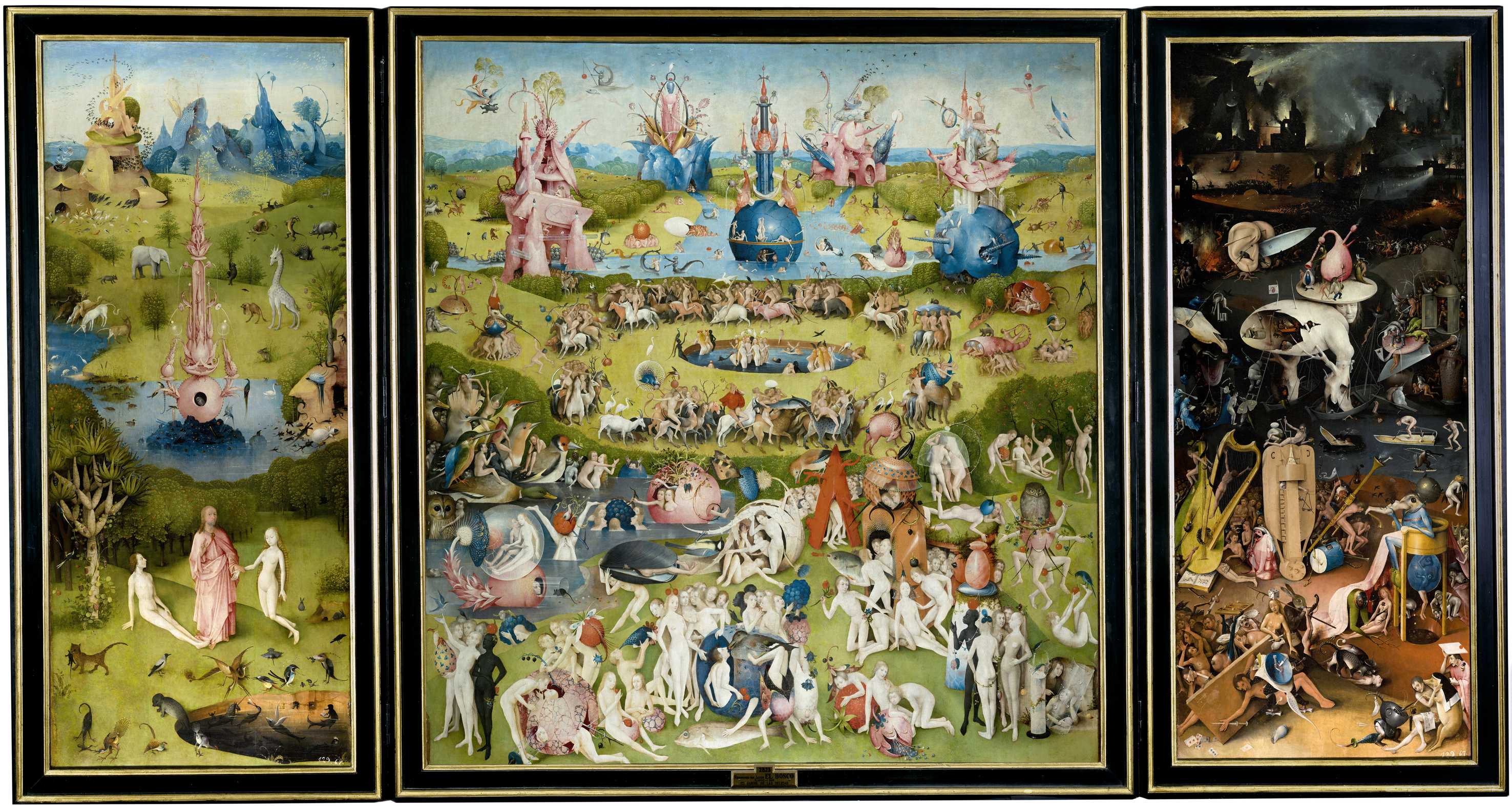
There’s also a strongly music-related term pertinent to this discussion. “Virtuoso” stands for someone with excellent skills in some area, but most often the term is connected to musical skills. This is rather interesting considering the changing valuation of music and musicians. I’ve previously discussed The Garden of Earthly Pleasures by Hieronymus Bosch, which places music – through musical instruments – in the depiction of hell on the right. Even more interesting, however, is perhaps the way in which musicality – depicted through musical instruments – became a highly valued skill a century later and is displayed in a much more positive light in some paintings of the Dutch Golden Age. The virtues of music and musicians have since varied, also depending on the context, but it seems that this connotation of “virtuoso” has been established rather recently.
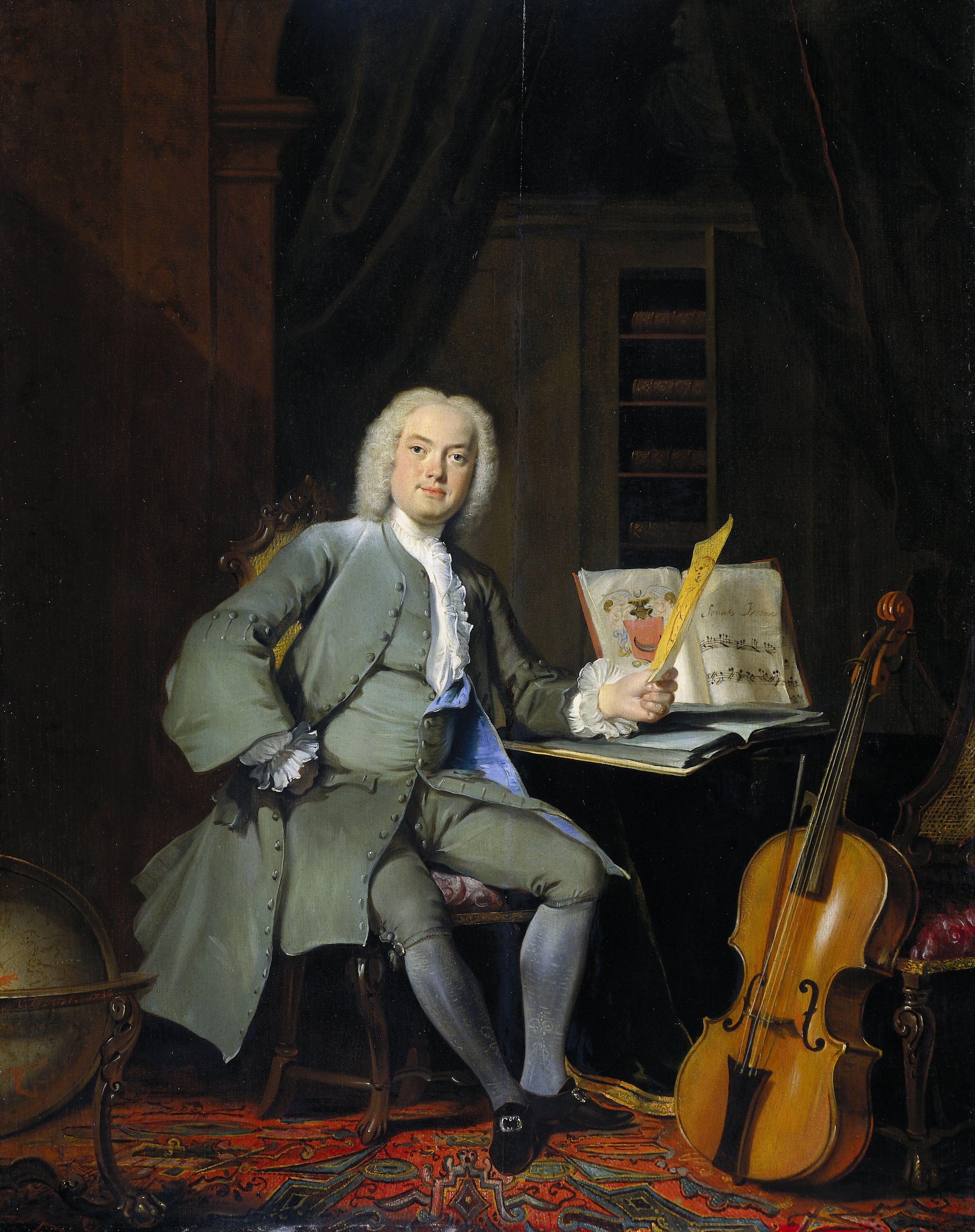
Musical virtuality
Music as sound is by nature – if not by definition – virtual. Assuming the view of Heideggerian phenomenology, I’ve discussed before, the already-in-the-world nature of music meaning – and I would extend it in this case to experience – exists in our minds without a material counterpart in the “real” world. As professor Henkjan Honing would say, music is a cognitive phenomenon; there’s no music without a listener.
The abstract nature of music enables it to conjure images and impressions of “other” realities. In other words, sounds are very effective in triggering our imagination. Certain instruments, scales, harmonies, etc. call up associations. Due to the abstractness of sound and the constant evolving of cultural practices such associations always remain “virtual” to some extent. They’re of course also dependent on the listener’s prior experience.
Recorded music is a prime example of musical virtuality. It’s the art of creating an illusion that what you’re listening to is an actual performance of actual musicians in the way you hear them. What you listen to, however, is a result of production processes where musical performances are recorded together and/or individually and the recordings are edited, mixed and processed in many ways, resulting in the final product you hear.
I’ve previously discussed Janelle Monae’s Tightrope and how it references – creates virtual connections – with the past, present and future in various ways. Next, I’d like to discuss a song that takes up the topic of virtuality quite literally.
Virtual insanity
Futures made of virtual insanity now
Always seem to, be governed by this love we have
For useless, twisting, our new technology
Oh, now there is no sound for we all live underground
Jamiroquai’s Virtual Insanity is an excellent commentary, but also a demonstration, of the steadfast belief in technology we hold in the western world and beyond. The title is a funny word game, referring – in my interpretation – to the way technological mediations remove our experiences of the world further away from the “real” into the virtual realms. People have the tendency to do what they can, and technological advances – or “innovations” – are often inspired by aspirations to do something not previously possible or to do it in a new way. Sometimes these innovations result in “useless, twisting” gadgets, other times in something more lasting.
The way the last phrase of the refrain is sung makes me always think of how sound – in my experience – is often the first victim when something goes wrong with these new gadgets, whether there’s a gable loose or a software glitch. But the song text is actually talking about a more serious scenario, possibly even an apocalyptic one where people have had to retrieve living underground – perhaps due to something gone seriously wrong with our blind trust on technology.
|
Mixer 2
|
The refrain also talks about “futures”, in plural. An essential aspect of virtual reality technologies is that multiple “realities” – and also “futures” – can be created with them. It’s not hard to imagine how too deeply submerging into these alternative realities might result in difficulties dealing with the “real” world, i.e insanity.
The video combines the various meanings of “virtual”. The room with its soft walls could be a mental asylum for the “insane” but there are also various “virtual”, illusionary, things going on. While the floor seems to be moving, it’s actually the walls that move. The cuts between the scenes when the camera shows the floor remind moving between levels in a computer game – a sort of virtual reality. There’s also some early CGI in the video with the bugs crawling around and the crow bursting to flight.
Oh this world has got to change
‘Cause I just, I just can’t keep going on
In this virtual, virtual insanity
That we’re living in, that we’re living in
That virtual insanity is what is…Virtual insanity is what we’re living in
Yeah, well it’s alright now
Towards the end, the protagonist of the song seems to come to terms with the conditions of the world. While he’s determined to see the world change, he realises that it’s not going to get back to the way it was. There’s no turning back the time. For the full text and further analysis, see here.

